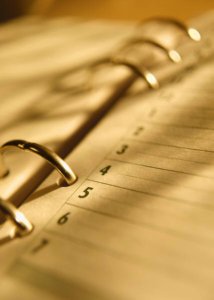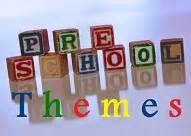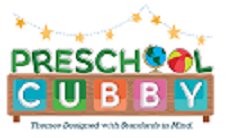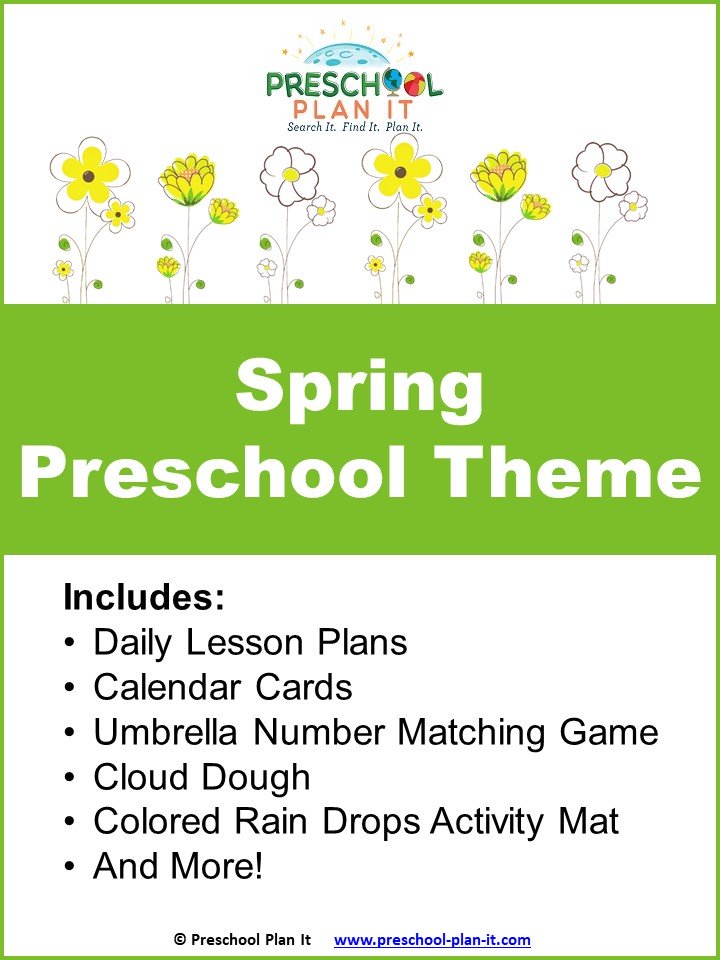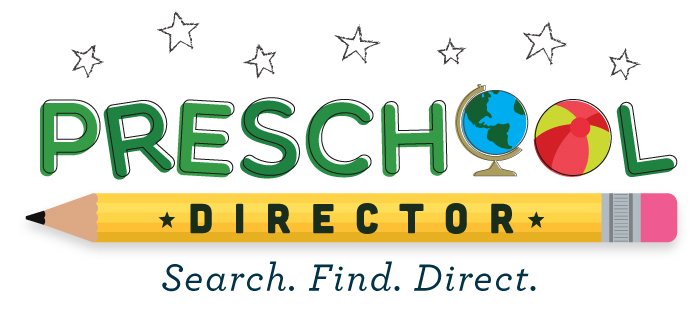Entertaining & Enlightening Preschool Lesson Plans
Sick of scouring the internet searching for preschool lesson plans? Wish you could find the best all in one spot? The Preschool Professor family of websites has what you’re looking for!
As a parent or teacher of preschoolers, you may be working on designing lesson plans for an upcoming unit, theme, or whole school year.
After checking out the section on preschool themes, you know what you want to teach.
You've read through the preschool activities, and you know the types of events you want to occur in the classroom.
Now you need to know how to put everything together to create a cohesive lesson plan. So where do you begin?
My sister site, Preschool Plan It, has over 145 FREE full week themes which include activities for all your interest centers! Click here to check them out!
Preschool Lesson Plans Format
I always begin designing my preschool lesson plans using a basic skeleton. There are certain components that I include in every lesson plan, even if I shorten it when I actually write it down.
Objectives
A lesson plan without objectives is like a ship without a rudder. You must have something that guides your teaching otherwise you'll end up just riding around on the waves.
Some teachers, especially those in public or federally funded programs, may be required to follow a certain preschool curriculum or incorporate specific content standards. In that case, your objectives will probably be laid out for you and you are expected to create lesson plans that teach those standards.
However, if you teach in other settings, such as in a Christian preschool, you may need to create your own objectives for each lesson.
When I sit down to write lesson plans, I ask myself, "At the end of this lesson, what do I want the students to be able to do, be, or know?"
Here are some examples from past lessons: Students will be able to identify a triangle. (KNOW) Students will be able to zip a zipper on their own. (DO) Students will be able to work cooperatively in a group. (BE)
Materials
In the next section, I list out all of the materials I will need to complete that lesson. It is so annoying to be in the middle of a lesson and suddenly realize I don't have enough toilet paper rolls for all of the students to complete their craft (not to mention how frustrated the students are!).
Look through your completed lesson and think of every possible material you might use during that time. Then double check to see if you have enough!
Procedure
This is where I lay out, step by step, exactly what the students and I will be doing during the lesson. Depending on how much detail I need, I may just sketch out a few notes or I may actually write out things I'd like to say and every step along the way.
When I was doing preschool lesson plans for the first time, I liked to make a more comprehensive procedure section and refer to it during the lesson. After I had done a lesson more than once, I usually just wrote some quick notes in my planning book to remind me of how I did the lesson before.
If you teach in a school setting, you may be required (especially if you are new) to be more thorough in your lesson plans. Don't feel bad or frustrated that it's too much work! It is actually to your benefit. You will feel more prepared the more effort you put into the planning time.
Of course, just because I write out step by step how I want the lesson to go, doesn’t mean that I always follow it to a T. There have been plenty of times that I deviate from a plan because the students seem to want to explore a different area.
For example, I was teaching a unit about plants once. The lesson was about the leaves of a plant and what their function is. I had a picture of a plant and on one of the leaves was a butterfly egg.
The students were fascinated and couldn’t stop talking about the egg. I decided to follow their interest and pulled out a book on the butterfly life cycle, ditching my lesson on leaves for that day!
Assessment
The last section in my lesson plan describes the type of assessment I will be doing for that lesson. There are two types of assessments that are used in the classroom – formative and summative.
Formative refers to evaluation that is occurring during the lesson (or unit) that shapes your teaches as you go. An example of this might be (for a lesson on shapes): "Give me a thumbs-up if this is a triangle or a thumbs-down if it is not." You can get a quick indication of whether or not the majority of students understand the objective for the lesson or if you need to go back and re-teach.
Summative assessment measures how much students have learned after the lesson (or unit). You might give an oral quiz, a paper and pencil test, or a variety of other assessments. These are usually graded in some way and are often used to report how the students are doing.
Preschool Lesson Plans by Subject
Now that you know how to structure your preschool lesson plans, are you ready for some teaching ideas divided by subject?
Go to the Preschool Theme Planning Page for more information
Go to Preschool Professor's HOME Page
